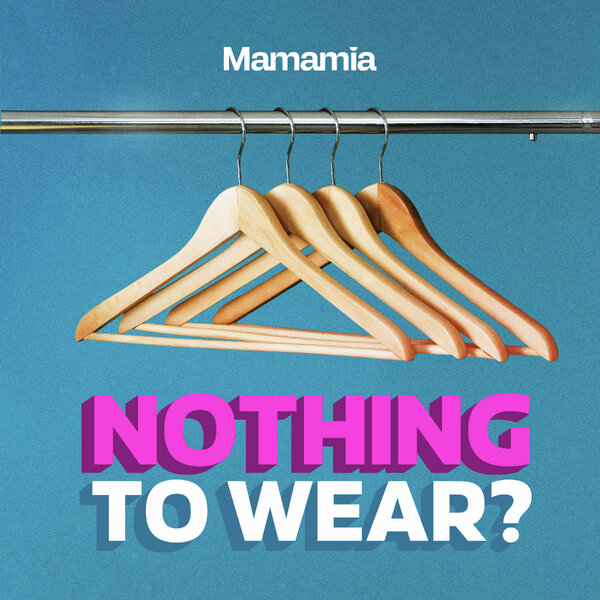“When girls and women are conditioned to reject science and mathematics we all miss out; academically, socially and economically.”
Imagine a young girl stepping into any Australian classroom on her first day of school.
Nervous, impressionable and eager to learn. She doesn’t know yet what there is to learn and discover. And she certainly doesn’t know what she wants to be when she’s older, or how to get there even if she does.
But what she should expect along with every girl in every Australian school is complete encouragement in classroom learning, free from the subtle biases and barriers that slowly, over time, turn many girls away from an interest in science and mathematics.
Subtle biases and barriers in the classroom are deterring girls from taking an interest in science and maths from an early age, a phenomena that in part at least correlates to the underrepresentation of women in Science, Technology, Engineering and Mathematics (STEM) at university and beyond.
These barriers could be the expectations of teachers, parents and peers deterring girls from taking an interest in science.
Or they could be the lack of female role models in the STEM disciplines or the presence of stereotypes portrayed in the media which make it so hard for girls to imagine a career in STEM.
Recent research has determined some teachers mark boys’ primary school maths tests more favourably than girls, impacting the overall uptake of advanced science and mathematics subjects in high school.
This research, conducted by Victor Lavy and Edith Sand, followed close to 3,000 students from years 6 to 12. In measuring unconscious bias, they compared the year 6 test results given by teachers who knew the students sex and compared these with external test marks for the same students given by teachers who did not know each student’s gender.


Top Comments
Hi Amanda, I am a female science teacher in a school located within your electorate and take great offense at your accusations towards teachers. If anything I see more enthusiasm towards science from my female students on a regular basis than the boys who seem to be bowing to peer pressure and not wanting to seem 'nerdy'. I would like to think that teachers look for the potential of every student to be successful in their subject. I know I do.
I was never pushed out of science or maths. But I will never forget the day that I got the results of one of those career tests that tell you what kind of career you will be good at. Mine actually said that I was recommended for 'domestic duties' not too sure why given that my answers showed a wide range of interests and my academic results suggested I performed well in a range of areas. And then in the meeting with the career advisor after they told me to not pursue my dream job because it's a tough industry and I will most likely fail. I said that was a risk I was willing to take and refused to ever meet with such a narrow minded 'advisor' again. I don't know if it was because I was a girl or just a range of factors that lead to the domestic duties recommendation. But in infuriated me that someone else who perhaps wasn't as resolved in their goals could be encouraged to be limited by this kind of assessment.
I was lucky that with the hard work I was able to get into my dream industry. But I was also smart and kept all my options open and made sure I had something to fall back on.
I do also remember when I was quite young having adults tell me I would become a florist or a librarian. Not too sure why. I was a little shy and quite girly. But it used to get me mad because it was a judgment that if they really knew me would know that those roles wouldn't suit me.
I just find it so upsetting that young girls have such assumptions made. But then I know of boys who also are expected to go certain directions. I think we need to stop dividing careers on gender and start encouraging children to pursue a wide range of areas of study while at school to keep their options open.